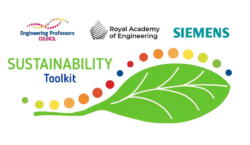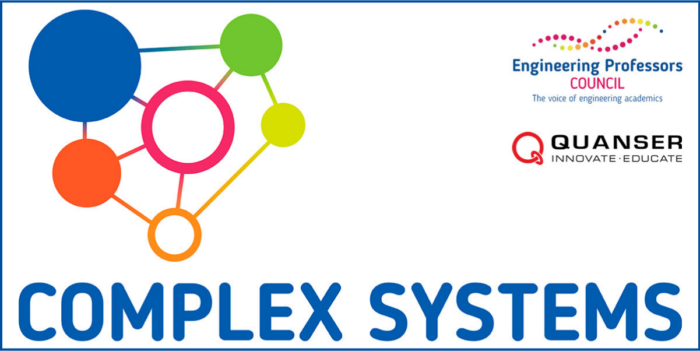 Authors: Dr. Kieran Higgins (Ulster University); Dr. Alison Calvert (Queen’s University Belfast).
Authors: Dr. Kieran Higgins (Ulster University); Dr. Alison Calvert (Queen’s University Belfast).
Keywords: Curriculum design; Global responsibility; Sustainability; SDGs; Course design; Higher education; Pedagogy.
Who is this article for?: This article should be read by module coordinators, programme directors, and teaching teams in higher education who want to meaningfully integrate ESD into their curriculum design and delivery.
It’s always a struggle to get started on something new in the time- and resource-poor environment that is higher education. Sustainability can become just another box to tick rather than the world-changing priority it should be.
That’s why we have created the Education for Sustainable Development Curriculum Design Toolkit to build sustainability into the curriculum in a way that stimulates the critical reflection it needs to truly embed it within modules.
We knew there was more to ESD than simply labelling a module handbook with the SDG logos, especially when it was only SDG4 because it happens to mention education. There was a need to become familiar and comfortable with a deeper perspective on the SDGs and their related targets and indicators – without becoming intimidated by them. ESD should prepare students to tackle unforeseen challenges and navigate complex systems, rather than focusing on content alone. As higher education professionals, we recognised the inherent challenges of this.
As a result, we developed our CRAFTS (Co-Designing Reflective Approaches for the Teaching of Sustainability) model of curriculum design, based on an adaptation of Design Thinking, to provide a structured and usable, yet accessible, flexible, and not discipline-specific means of embedding and embodying ESD in the curriculum. We were then approached by AdvanceHE to develop this further into a practical, systematic resource that would empower educators to take genuine ownership of sustainability in their teaching and assessment.
The Toolkit helps tackle these issues in a straightforward way by breaking them down into five stages.
First, it shows how to analyse what stakeholders like students, employers and accrediting bodies want and need from a module when it comes to sustainability.
Then, it guides educators to map exactly what is being taught as the curriculum stands, aligning it to the SDGs and the ESD Competencies. This is a moment of real relief for many people, who discover that much of what they already do aligns perfectly with ESD.
After that, there’s a guided reflection to see where stronger integration might happen or where superficial coverage can be expanded into something more meaningful.
The redesign process helps to embed active learning and authentic assessments and finishes off with an action plan for moving forward and measuring impact for future evaluation.
We find it heartening to watch colleagues pivot from feeling like ESD is an add-on to realising it can enhance what they already do. Instead of worrying that they must become experts in every single SDG, the Toolkit reminds them that authentic engagement with a few well-chosen goals can lead to the deeper kind of learning we all aspire to provide.
This personal, reflective approach has helped academics overcome the sense that sustainability in the curriculum is an overwhelming requirement. They see it as a powerful lens through which students learn to handle uncertainty, become resilient critical thinkers and gain the confidence to tackle real-world problems.
We hope the Toolkit continues to spark conversations and encourage more creative approaches to ESD across disciplines. We don’t believe there’s a one-size-fits-all solution. It has been inspiring to see colleagues reclaim that sense of possibility and excitement, reassured that teaching for a sustainable future can be woven into what they’re already doing – just with an extra layer of intentionality and reflection.
If you’re looking for a way to bring ESD into your own classroom, we hope the Toolkit will be a reliable companion on that journey.
Dr Kieran Higgins (Lecturer in Higher Education Practice, Ulster University) and Dr Alison Calvert (Senior Lecturer in Biological Sciences, Queen’s University Belfast) have collaborated on Education for Sustainable Development projects for over 4 years, drawing on extensive and wide ranging experiences of higher education and sustainability. Their vision is of transformed global higher education curricula that empowers all graduates, regardless of discipline or career path, to become champions of a sustainable future.
This post is also available here.
Any views, thoughts, and opinions expressed herein are solely that of the author(s) and do not necessarily reflect the views, opinions, policies, or position of the Engineering Professors’ Council or the Toolkit sponsors and supporters.




